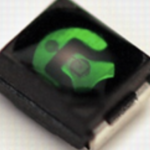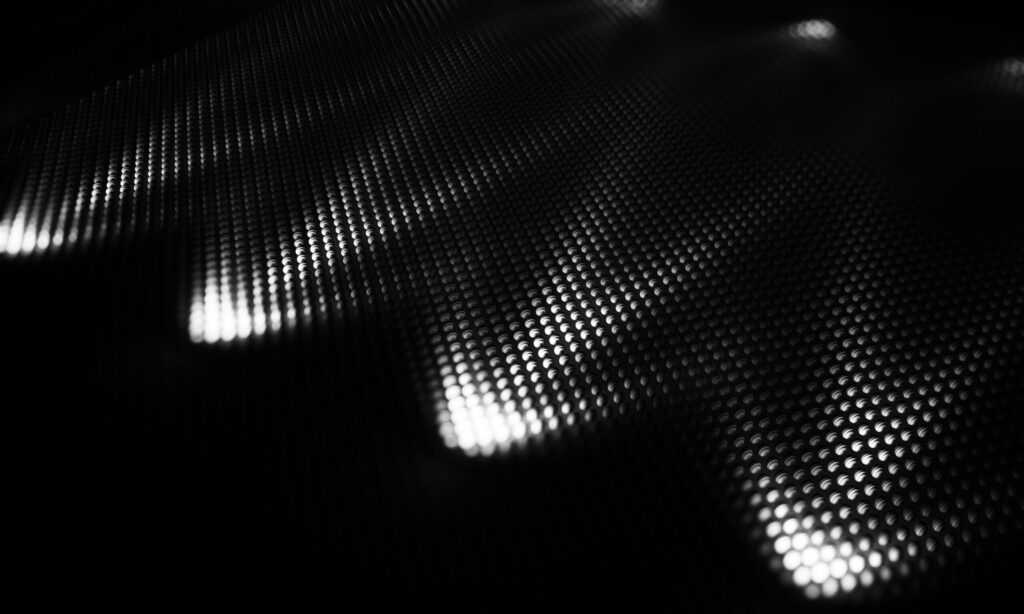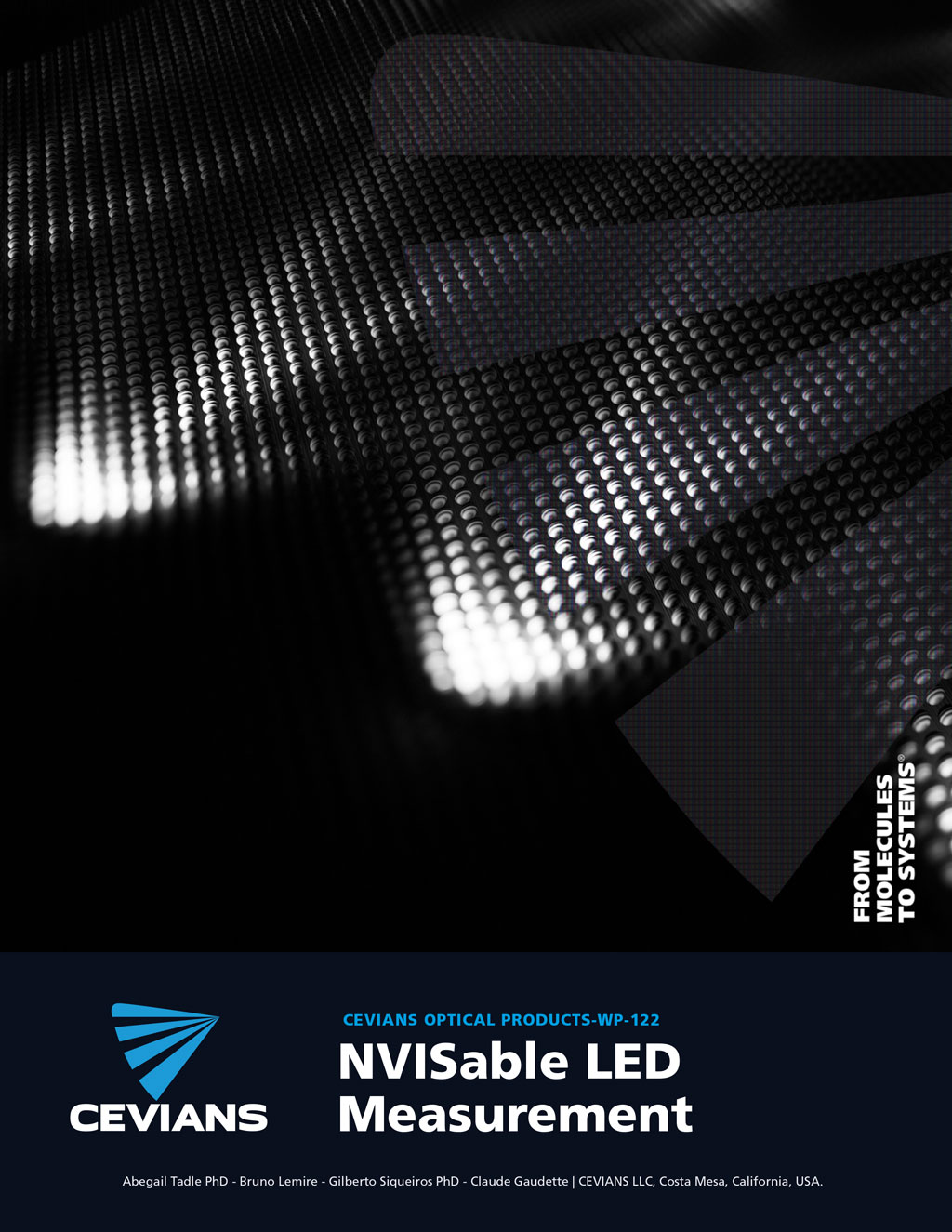Standardization of LED measurements is necessary to compare the wide range of LEDs available in the market. The current measurement of NVIS LEDs is collected following guidelines found in CIE 197:2007. LED light emission can be collected using different types of incoming optics, and the two common methods are to use integrating spheres and intensity probes. These two methods provide measurable values for average LED intensity (candelas) or LED flux (lumens), depending on the optics used. CIE 127-2007 is a guide used to measure single packaged LEDs up to 10mm in diameter and serves as a guide in measuring the LED. This article will provide an overview of measurement methods during radiance analysis, as well as a Cevians study on NVISable Green A LEDs.

Applications in Aerospace Engineering
These measurements are essential for design engineers of illuminated cockpit instruments in aerospace to evaluate various LED components. Unlike commercial lighting, where emission distribution, chromaticity, and luminous intensity are the key characteristics, aerospace optical requirements include compatibility with night vision imaging systems (NVIS) in accordance with MIL-STD-3009.
A recent Cevians study on NVISable Green A LEDs measurement methods determined that the tube and integrating sphere light collection methods were statistically identical for chromaticity and light intensity. There were significant differences in the measurement of NVIS radiance.
NVIS radiance was obtained for 0905, 1204, and 1309 LEDs by measuring the LEDs both in the integrating sphere and tube for comparison. The scaled NRA values were determined for the three LED types with the general trend that the integrating sphere radiance values are higher compared to the tube measurement. Figure 6-8 shows the obtained results for 1309, 1204, and 0905 LEDs, respectively. The average radiance (NRA) ratio between the sphere and the tube for the three LEDs is 1.5 times higher in the sphere than in the tube.

Further analysis included direct measurement using an optical telescope which helped identify the wavelength of the additional energy observed in the sphere measurement increasing radiance. There is evidence of an energy peak between 615nm-800nm using the sphere method that is not present in the tube or optical telescope. The energy profile matched perfectly with the outside of this particular wavelength range. It clearly indicates a fluorescence phenomenon occurring in the sphere by which energy distribution is modified in the process. This NIR contribution in the sphere is due to the method of light collection and the fluorescence from the inner coating of the sphere, whereas the material of the tube collector is all glass with no fluorescing capabilities.

Considerations for Integrating NVISable LEDs
In conclusion, when design engineers integrate NVISable LEDs in illuminated instruments, they should consider the measurement method during radiance analysis. Similarly, the quality control plan should be aware of the differences in measuring methods when inspecting for radiance. The sphere method will likely result in a radiance level 1.5 times higher than the tube method, with the tube being the most accurate method for radiance.


